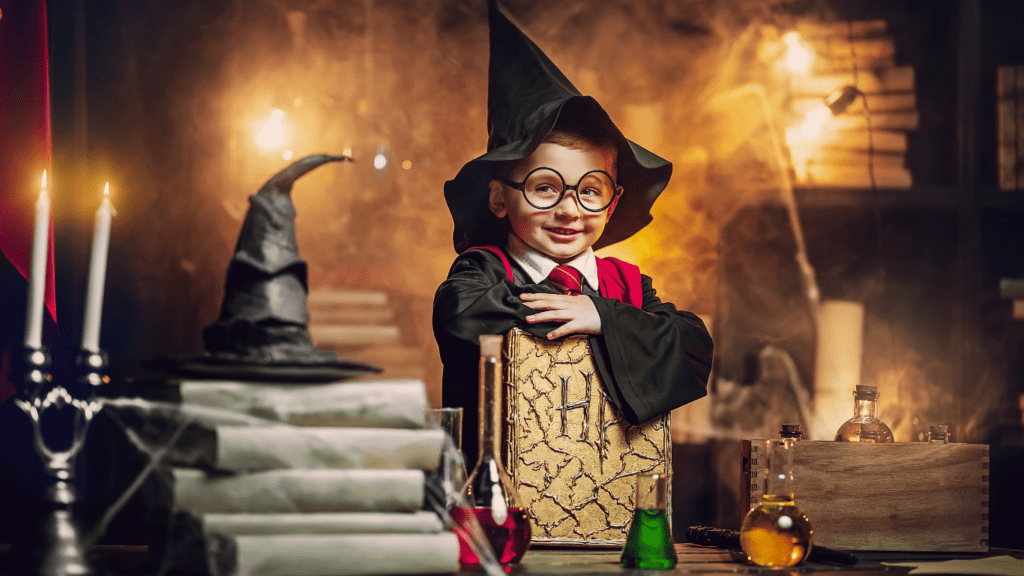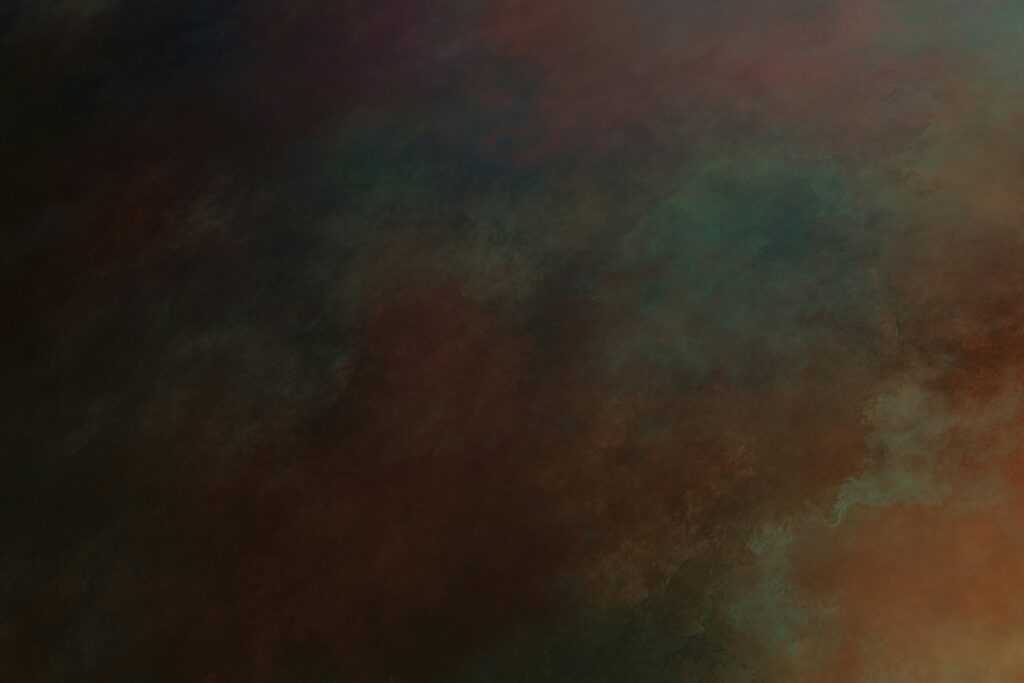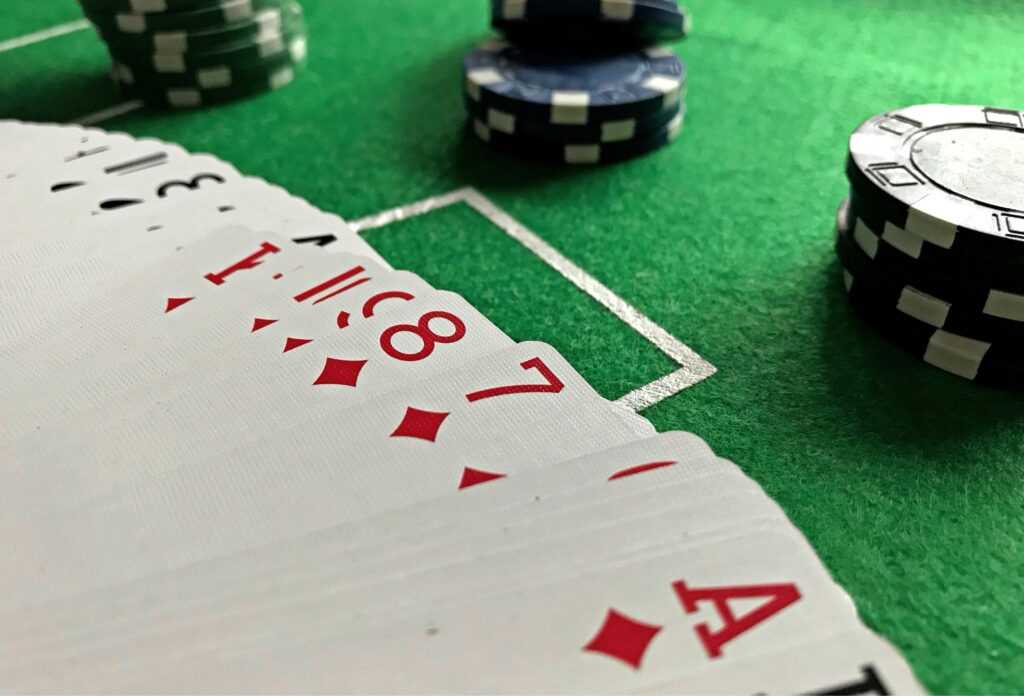Understanding Cosplay Transformation
Cosplay transformation merges imagination with technical skill, converting fictional characters into tangible representations. It’s a creative process requiring commitment and adaptability.
What Is Cosplay?
Cosplay merges “costume” and “play,” involving participants dressing as fictional characters from games, anime, movies, or comics. Unlike simple dressing up, cosplay incorporates performance, craftsmanship, and individual interpretation. Cosplayers aim to mirror or adapt their chosen character’s look and personality authentically.
The Journey From Pixels To Perfection
Cosplay transformation begins with selecting a character and studying their visual traits, personality, and movements. Reference images, such as concept art or screen captures, guide the process. Assembling the costume involves techniques like sewing, crafting props, and 3D printing, depending on the complexity of the design. Makeup, wigs, and prosthetics enhance facial and physical resemblance. Testing and refining each element ensure coherence and alignment with the character’s original creation.
The Role Of Inspiration In Cosplay
Inspiration drives every aspect of cosplay transformation, turning ideas into tangible creations. It connects cosplayers to the characters they admire, fostering creativity and dedication.
Turning Characters Into Reality
I rely on inspiration to bridge the gap between fictional characters and reality. Whether it’s a superhero’s iconic suit or a detailed anime outfit, a deep connection to the character’s design and story motivates the process. I study key elements like clothing textures, weapon designs, and color palettes to replicate them authentically. For example, cosplaying as Geralt from “The Witcher” involves capturing his rugged armor, silver hair, and signature medallion. This attention to detail ensures that the essence of the character shines through.
Finding Creative Spark Through Fandoms
- Fandoms provide a rich source of creativity, acting as a shared community of inspiration.
- By participating in forums, fan art exchanges, or viewing others’ cosplay interpretations, I discover unique perspectives.
- Drawing from my favorite franchises like “Star Wars” or “Naruto,” I often reinterpret specific traits to create a personal yet recognizable version.
- Seeing others’ passion deepens my enthusiasm and pushes me to refine skills like tailoring, wig styling, and prop crafting.
- Fandom connections enhance the feeling of belonging while fueling new ideas for future cosplays.
The Craftsmanship Behind Cosplay

Cosplay embodies a fusion of artistry and technique. It demands a meticulous approach to create wearable art that authentically reflects beloved characters.
Designing Costumes And Props
Constructing costumes and props involves diverse techniques like:
- sewing
- molding
- 3D printing
I start by studying character references to draft blueprints for accurate dimensions and proportions. Materials like EVA foam, thermoplastics, and fabric are essential, with each chosen based on its suitability for structural or aesthetic needs. For example, EVA foam is ideal for blades or armor, while satin fabric works well for flowing costumes.
Painting and finishing props are crucial to achieve a realistic appearance. Airbrushing adds depth and gradients, while weathering techniques simulate wear and tear for a battle-worn look. My workflow includes trial assemblies to ensure functionality, such as checking for mobility in armor or grip in props.
The Importance Of Attention To Detail
Details elevate design, making cosplay recognizable and compelling. I replicate intricate embellishments like:
- embroidery
- insignias
- gemstone replicas
to match source material. Fine stitching ensures durability, while layering techniques add dimensionality to fabric pieces. Consistency in texture and color helps maintain authenticity. For instance, selecting the right shades for wigs and achieving symmetrical prosthetics ensures a cohesive transformation. Regularly cross-referencing character artwork lets me refine every element to align with the original portrayal.
Perfecting The Art Of Transformation
Transforming into a character demands both technical and creative expertise, blending precision with artistry. Each element, from makeup to performance, contributes to an immersive portrayal.
Bringing Characters To Life With Makeup
Makeup transforms physical features to replicate a character’s appearance authentically. I utilize contouring to mimic facial structure and proportions, like high cheekbones or pronounced jawlines, and employ color correction for a base that matches the character’s skin tone. Special effects makeup, such as prosthetics or scars, adds depth where necessary. For example, creating elven ears or replicating battle wounds enhances realism. Precision in recreating details like iconic eye shapes or unusual eyebrows ensures instant recognition.
Wigs and colored contact lenses complement the makeup, improving accuracy in hair color and eye features. Setting sprays and long-lasting formulas guarantee durability during extended events or photo shoots. While applying makeup, I frequently reference character art and official imagery to ensure alignment with the source material.
Mastering The Performance Aspect Of Cosplay
Performance merges the physical transformation with character mannerisms to bring them to life. I study movement patterns, voice tones, and personality traits to embody the character fully. If portraying an animated hero, I focus on exaggerated gestures and expressive poses to capture their energy. For more reserved characters, subtle movements and quieter speech patterns create authenticity.
In public spaces like conventions, maintaining the character’s persona enhances the audience’s experience. Posing for photos in signature stances or reciting iconic lines connects deeply with fans. Collaborative skits with other cosplayers, such as reenacting scenes, elevate the transformation beyond appearance.




